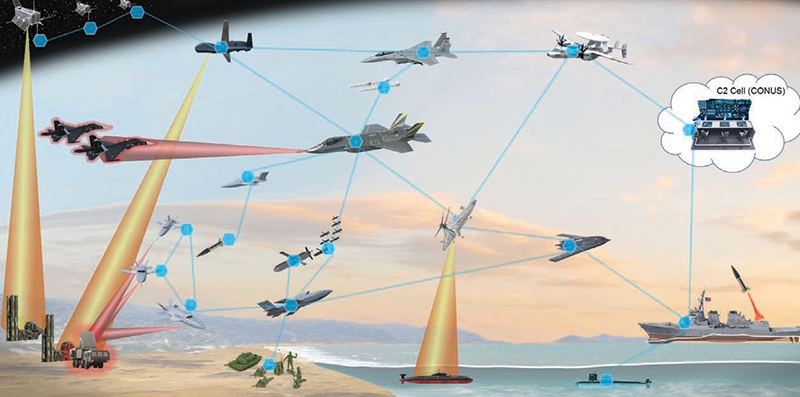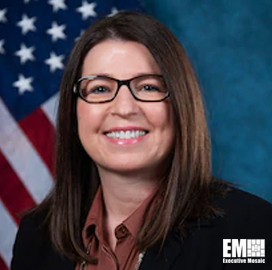A Federal Robotic Process Automation Community of Practice report states that overall RPA program maturity for fiscal year 2020 increased by 70 percent from FY19 as agencies continue to deploy automation in more functional areas. The report found that RPA deployments also reached 460 in FY20 from 219 in the prior fiscal year.
According to the analysis, federal RPA programs have deployed complementary capabilities for process improvement as agencies are increasingly adopting the CoE model for RPA implementation.
Data from the report shows that while agencies reported a strong demand for RPA, incorporating intelligent automation saw limited success due to issues in security requirements.
FY21 efforts must prioritize the standardization of automation authority approvals that involve standard protocols including the security of controlled unclassified information as well as classified or restricted data, the Federal RPA CoP noted.
Adopting sophisticated technology platforms for RPA programs would additionally ensure long-term program capacity and effectiveness, the report states.
“The CoP pursues a two-fold mission to share best practices and lessons learned, as well as to break down common technology and management hurdles that can slow RPA deployment,” said Gerard Badorrek, chief financial officer of the General Services Administration, in the report’s foreword.
The audit comes as part of the Federal RPA CoP’s efforts to measure the maturity of agencies’ RPA programs in line with Cross-Agency Priority Goal 6 or "Shifting from Low to High Value Work.”




 DARPA’s Mosaic concept
DARPA’s Mosaic concept


